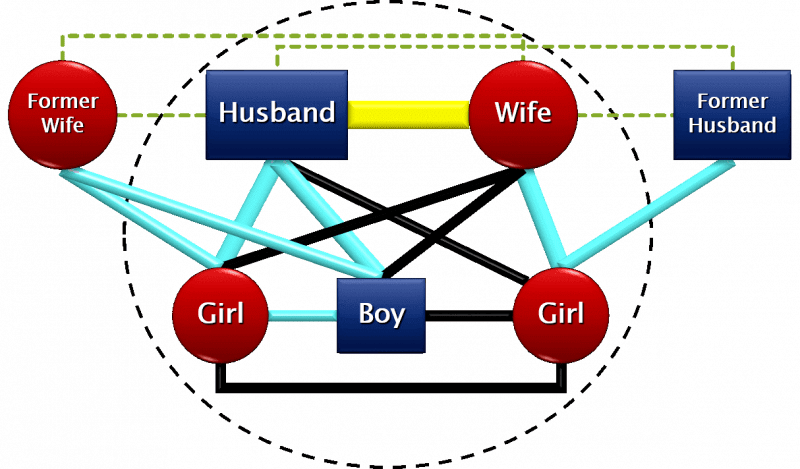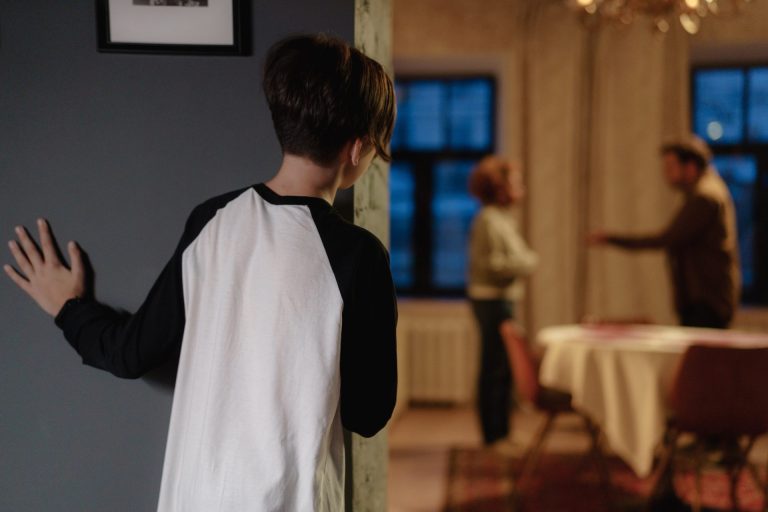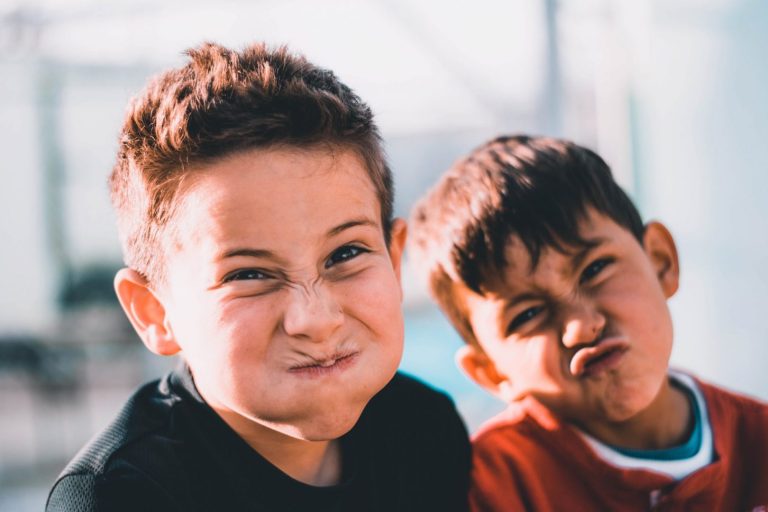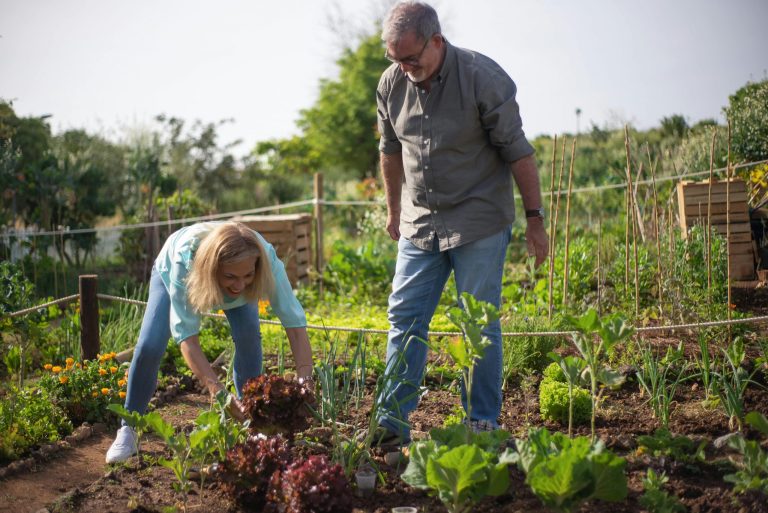What is a family?
A quick google search will show how the answer to this question is not a straightforward one. Traditionally we think of a family consisting of a mother, father and children. This is called a nuclear family. However, as cultures become more diverse and inclusive, what constitutes a family has also evolved. It typically consists of members that are related, whether by blood or by other familial relationship to one another. In its most basic form, a family is a social group (known from a more technical perspective as a system) made up of two or more members that identifies as such. This can include partners, children, and even pets.
Regardless of what the family looks like, it typically follows certain rules and structures that are unique to that group of members. These structures form the values and morals which then support the family to have a similar world-view regarding different issues. This does not mean they need to agree about absolutely everything, from our experience we know that this is rarely the case. Nonetheless, if you reflect on your own experiences of your family, or that of other families, you will find that some values and morals are shared between the family members.
A family is a complex system, not only can its size differ but each member of the system also has their own unique characteristics. Each member has their own character, strengths, insecurities, experiences, emotions etc. Now consider how these different individuals’ needs and motivations mingle with those of others in the family and how these then are influenced by the whole family system’s morals and values. A family therefore incorporates the family as a whole unit but also the composition of different individuals that are unique and influence both the family as a whole but other individual members in the family as well.
Looking at the family from this perspective, it is no surprise that the relationships formed within this system become more complex as well. Each member has a unique relationship with every other member in the family. These relationships can be called sub-systems of the larger family unit. These individual relationships can strengthen or weaken over time and can be influenced by common interests or common experiences. For example, a father and son can both enjoy football. As a result, they decide to go play football together, watch matches on television together or have heated discussions about which football team they should support. In this example, the father and son are still part of the larger family however they have created a smaller group between themselves which supports their relationship with one another.
Below is a diagram of a blended family and how these different relationships, dynamics and values can intertwine, challenge one another and influence the whole family system.

Take a moment to reflect on your experiences of families. How would you describe a family? Who do you consider to be part of your family? Do you feel you make part of different family systems? What morals and values do you share with your family? How would you draw the dynamics within your family?
Petra Borg is a Trainee Gestalt Psychotherapist currently reading for a Masters in Gestalt Psychotherapy from the Gestalt Therapy Institute Malta (GPTIM) and working at Willingness as a Trainee Psychotherapist. She has experience as a Triage Officer and has also worked closely with Willingness over several years, coordinating the international internship programme and providing support over diverse events and initiatives.
References:
Woldt, A.L., & Toman, S.M. (Ed.). (2005). Gestalt Therapy: History, Theory and Practice. Sage Publications, Inc.
Picture source:
A New Blended Family Structure. GR8 Relationships. https://gr8relate.com/blended-families-restructured/







